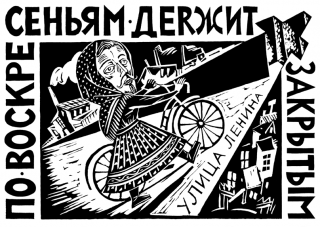Topic
Canon Constructions
Canons of literature and art created in 19th- and 20th-century Eastern Europe fulfill a complementary double function of aesthetical-cultural representation and community-anchored identification. What mechanisms determine the construction of canons, and how can we describe this canon’s initial and continuing effects?

Representation and identification: Canon constructions in literature and the visual arts
This research centres on how canon constructions in literature and the visual arts developed from at least the 19th century onwards with differentiated patterns of argumentation and through competing concepts. Taking into account the literary canon’s problems and the both aesthetically and politically tinged debates these have unleashed, it also factors in cross-disciplinary questions from art and architectural history. Consequently, it examines the canon in eastern Europe with a comparative perspective and by reference to different languages/countries, genres and periods. This research aims at critically analysing the significance held by processes of reception, translation and transfer — which simultaneously aid selection and spark exclusion — as well as by canon criticism and the influence of specific actors and media.


